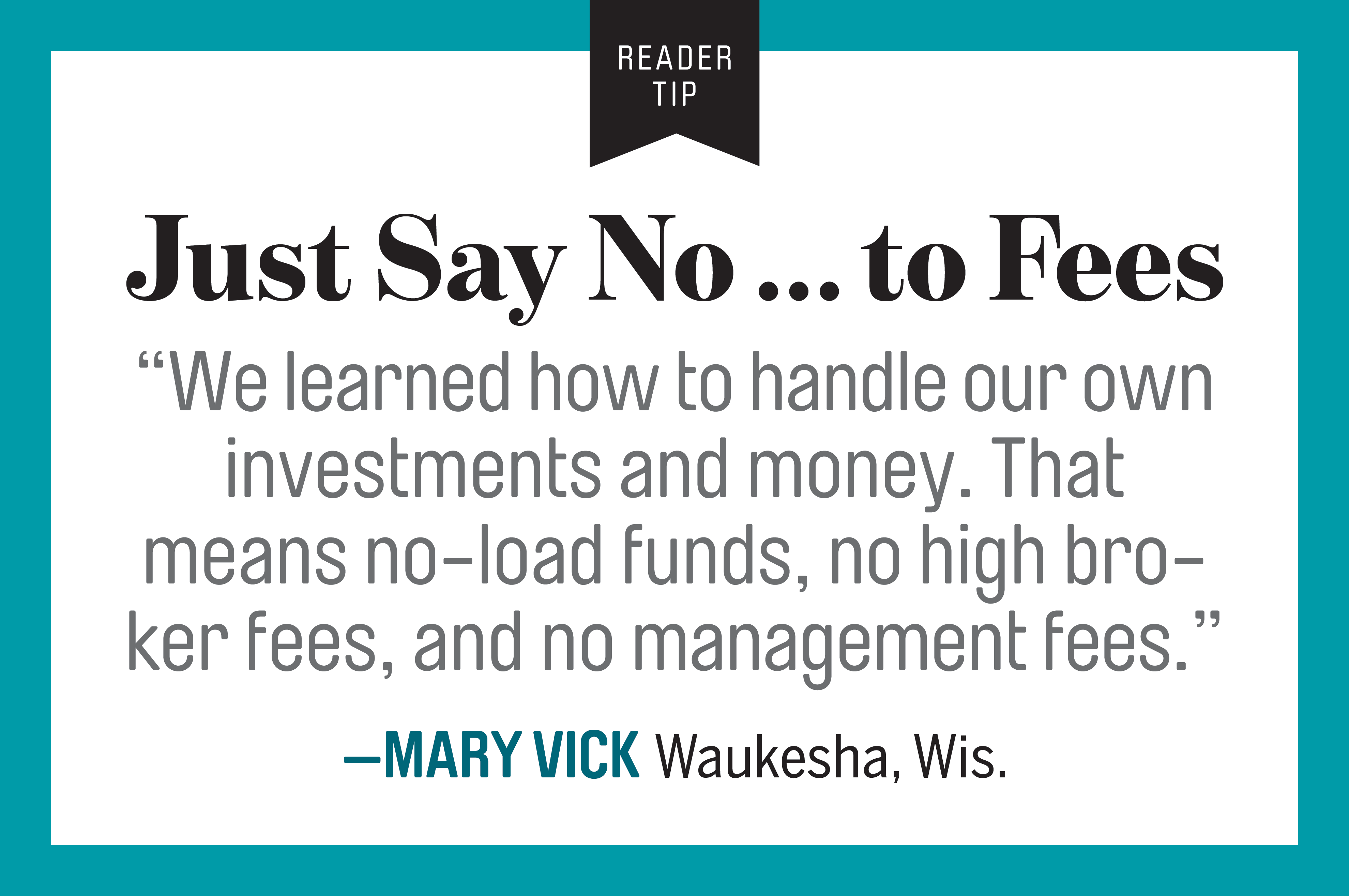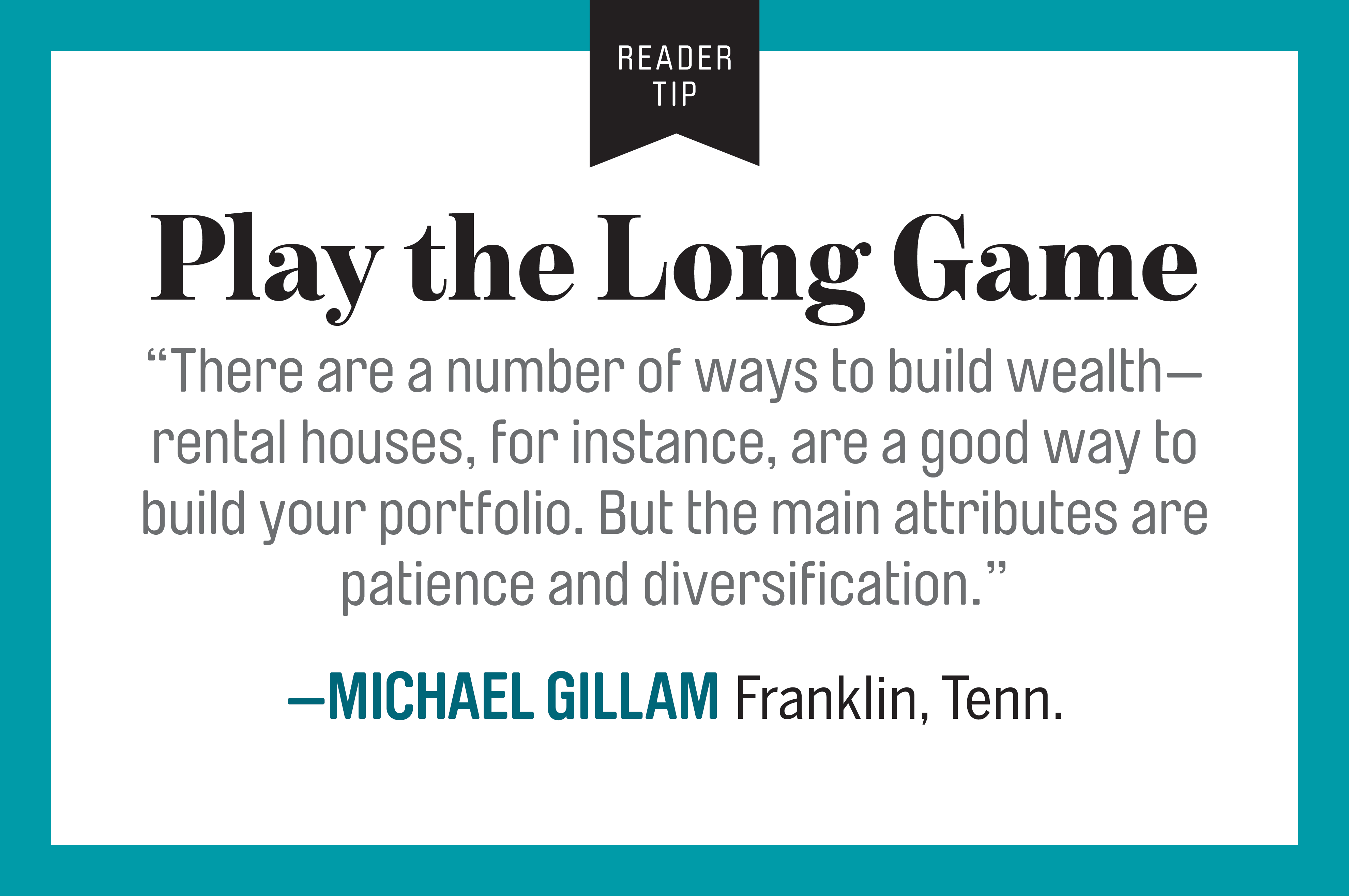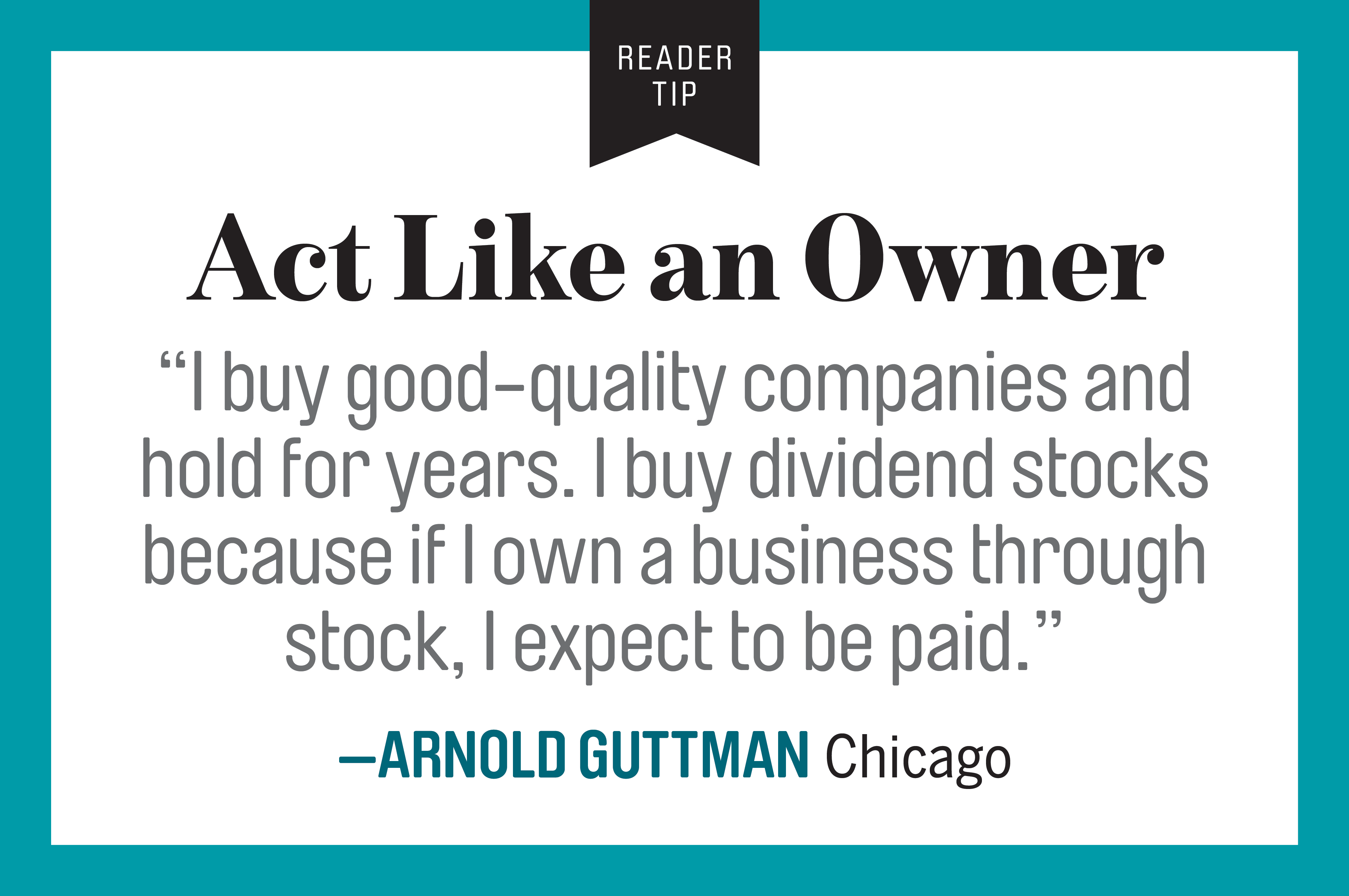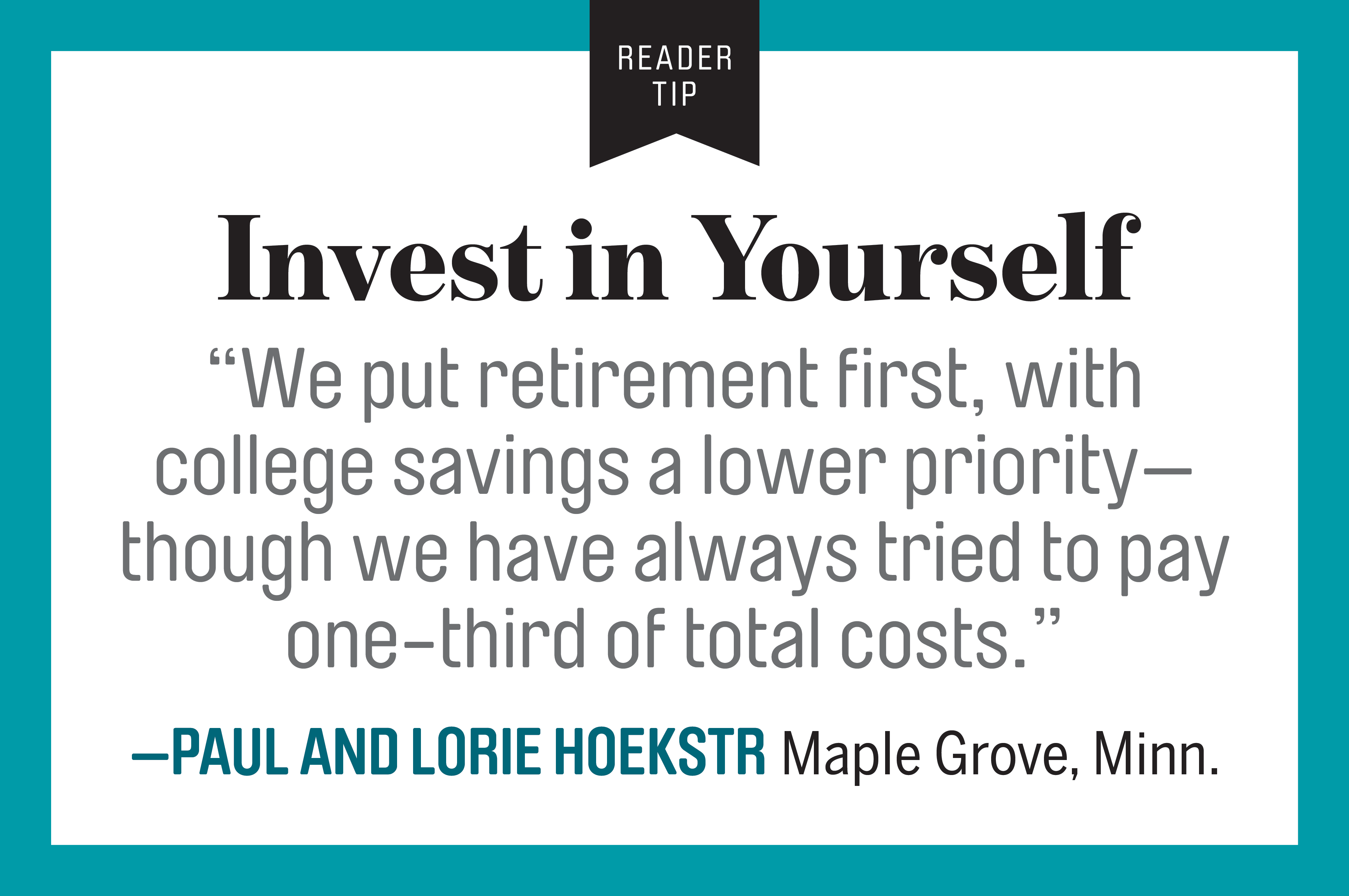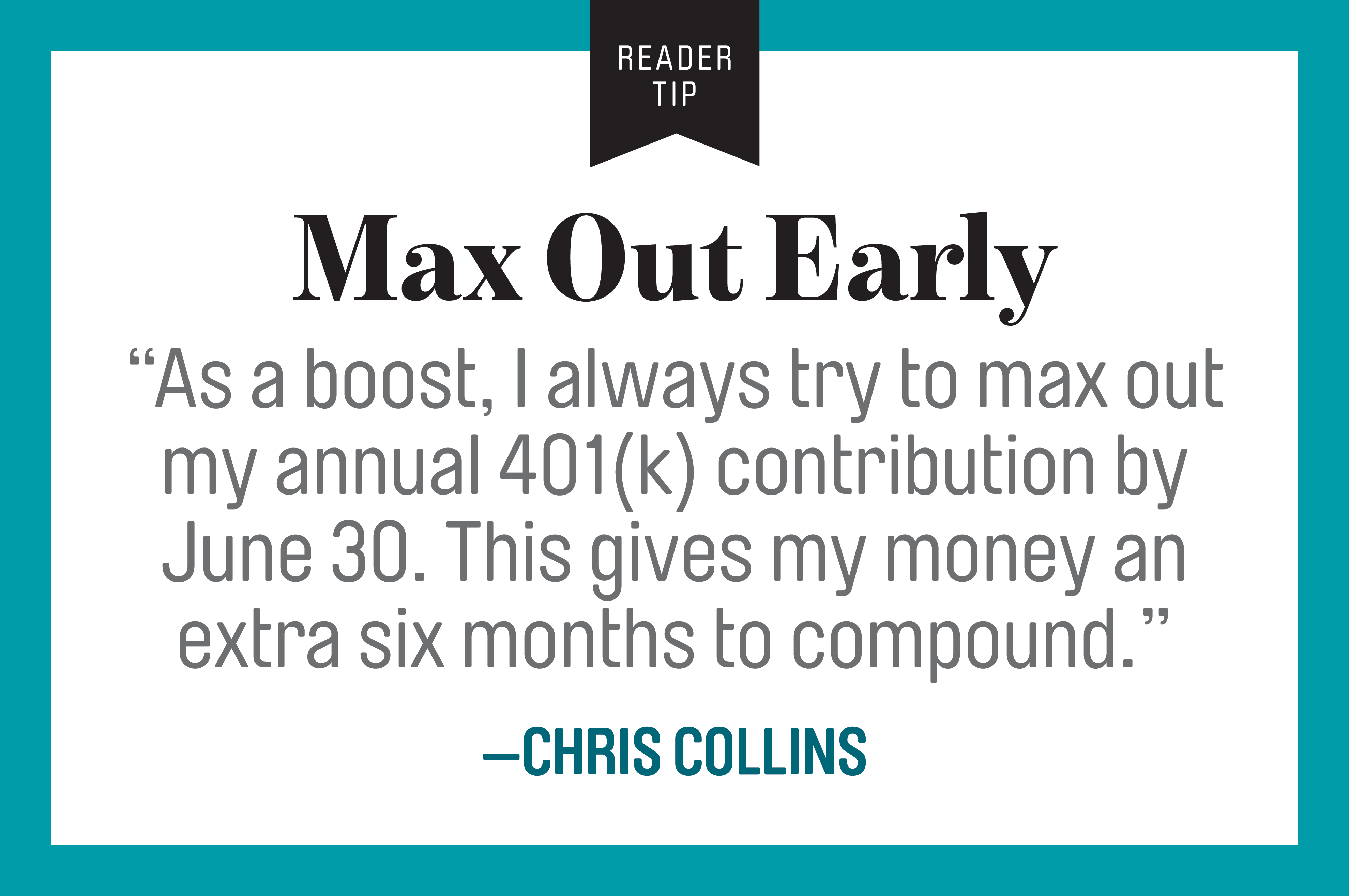5 Signs You Will Become a Millionaire
A million bucks isn’t what it used to be. When your father, or maybe you, set that savings goal in 1980 it was like shooting for $3 million today. Still, millionaire status is nothing to sniff at—and new research suggests that a broad swath of millennials and Gen-Xers are on the right track.
The “emerging affluent” class, as defined in the latest Fidelity Millionaire Outlook study, has many of the same habits and traits as today’s millionaires and multimillionaires. You are in this class if you are 21 to 49 years of age with at least $100,000 of annual household income and $50,000 to $250,000 in investable assets. Fidelity found this group has five key points in common with today’s millionaires:
- Lucrative career: The emerging affluent are largely pursuing careers in information technology, finance and accounting—much like many of today’s millionaires did years ago. They may be at a low level now, but they have time to climb the corporate ladder.
- High income: The median household income of this emerging class is $125,000, more than double the median U.S. household income. That suggests they have more room to save now and are on track to earn and save even more.
- Self-starters: Eight in 10 among the emerging affluent have built assets on their own, or added to those they inherited, which is also true of millionaires and multimillionaires.
- Long-term focus: Three in four among the emerging affluent have a long-term approach to investments. Like the more established wealthy, this group stays with its investment regimen through all markets rather than try to time the market for short-term gains.
- Appropriate aggressiveness: Similar to multimillionaires, the emerging affluent display a willingness to invest in riskier, high-growth assets for superior long-term returns.
Becoming a millionaire shouldn’t be difficult for millennials. All it takes is discipline and an early start. If you begin with $10,000 at age 25 and save $5,500 a year in an IRA that grows 6% a year, you will have $1 million at age 65. If you save in a 401(k) plan that matches half your contributions, you’ll amass nearly $1.5 million. That's with no inheritance or other savings. Such sums may sound big to a young adult making little money. But if they save just $3,000 a year for seven years and then boost it to $7,500 a year, they will reach $1 million by age 65.
An emerging affluent who already has up to $250,000 and a big income can do this without breaking a sweat. They should be shooting far higher—to at least $3 million by 2050, just to keep pace with what $1 million buys today (assuming 3% annual inflation). But they will need $6 million in 2050 to have the purchasing power of $1 million back in 1980, when your father could rightly claim that a million dollars would make him rich.
Read next: What's Your Best Path to $1 Million?

